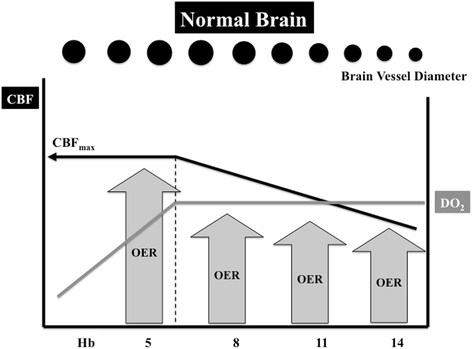Anemia management after acute brain injury
- PMID: 27311626
- PMCID: PMC4911680
- DOI: 10.1186/s13054-016-1321-6
Anemia management after acute brain injury
Abstract
Anemia is frequent among brain-injured patients, where it has been associated with an increased risk of poor outcome. The pathophysiology of anemia in this patient population remains multifactorial; moreover, whether anemia merely reflects a higher severity of the underlying disease or is a significant determinant of the neurological recovery of such patients remains unclear. Interestingly, the effects of red blood cell transfusions (RBCT) in moderately anemic patients remain controversial; although hemoglobin levels are increased, different studies observed only a modest and inconsistent improvement in cerebral oxygenation after RBCT and raised serious concerns about the risk of increased complications. Thus, considering this "blood transfusion anemia paradox", the optimal hemoglobin level to trigger RBCT in brain-injured patients has not been defined yet; also, there is insufficient evidence to provide strong recommendations regarding which hemoglobin level to target and which associated transfusion strategy (restrictive versus liberal) to select in this patient population. We summarize in this review article the more relevant studies evaluating the effects of anemia and RBCT in patients with an acute neurological condition; also, we propose some potential strategies to optimize transfusion management in such patients.
Keywords: Anemia; Red blood cell transfusion; Subarachnoid hemorrhage; Threshold; Traumatic brain injury.
Figures



References
Publication types
MeSH terms
LinkOut - more resources
Full Text Sources
Other Literature Sources
Medical

